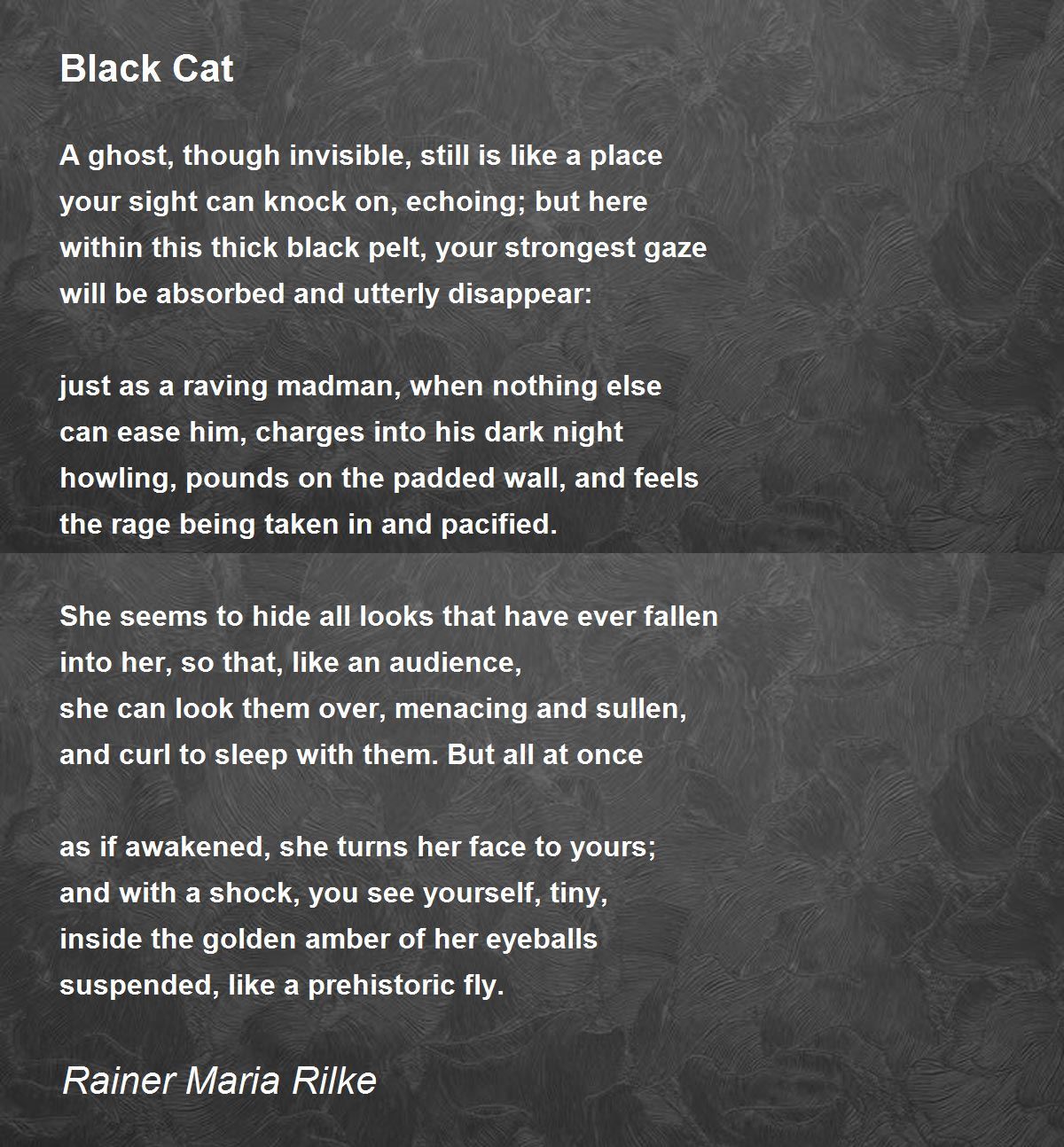

Alcoholism is described in metaphorical terms as “Fiend Intemperance,” which is a “disease which grew up on me,” ultimately transforming into a “fury of a demon” capable of possessing him. On several instances, the narrator engages metaphor to distance himself from his culpability in consuming an excess of alcohol and the violence he knows will ensue. The full extent of how deeply the guilty conscience of the narrator has been invested in the cat is exhibited in one of the most effective similes in the story when the animal is heard making “a cry, at first muffled and broken, like the sobbing of a child, and then quickly swelling into one long, loud, and continuous scream, utterly anomalous and inhuman.” The movement of the cat in narrator’s mind from something to be pitied with its muffled yelp to the dreadful shrieking of something unnatural is swift. The concluding image of the story can be seen to confirm that the black cat is a metaphorical feline even to the narrator: “I had walled the monster up within the tomb!” The black cat of a guilty conscience is revealed here with two metaphors: not only has the cat become fully endowed with symbolic value as a hideous abomination, but also the wall of the narrator's home-a place for safety and living-has become a tomb, a "home" for the dead.

Buy Study Guide Metaphor: The Monster in the Wall


 0 kommentar(er)
0 kommentar(er)
